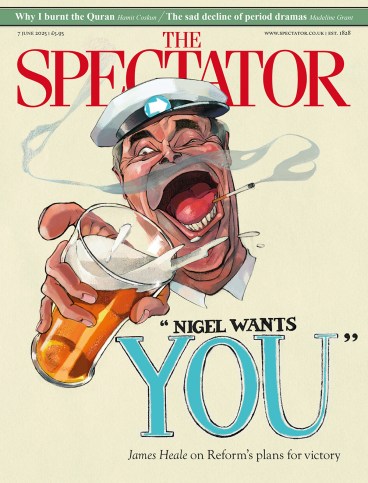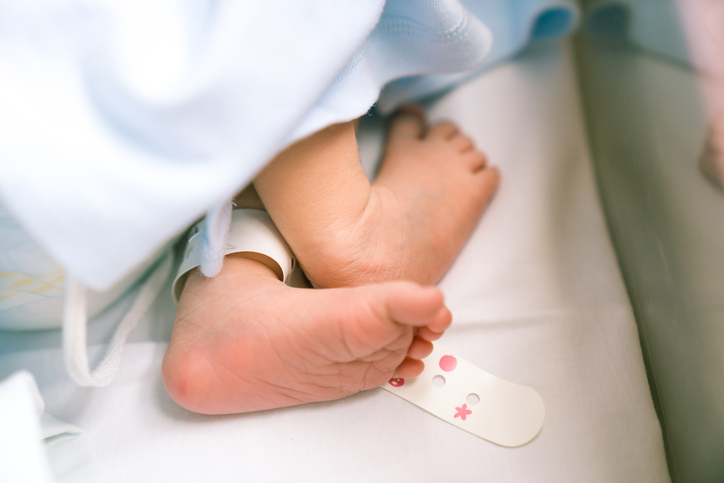
This slim, unsettling novel opens with Lucia trying to navigate the ‘mess’ of her daughter Amanda’s return home to their apartment near Pescara, in Italy’s Abruzzo. Pieces of torn bread, a heaped-up blanket and other strange ‘traces’ are indications of Amanda’s emotional disarray after hastily leaving Milan on the eve of lockdown. But she’d already abandoned her university studies by the time she’d been violently mugged.
Lucia attempts to achieve the difficult balance of caring for, but not suffocating, her daughter, resigning herself to Amanda’s ‘unpredictable comings and goings’ while leaving her ‘something nourishing in the fridge in case she skips breakfast’. But she has already spectacularly misjudged this. When Amanda phoned her after the mugging, Lucia didn’t visit her:
Respecting her freedom, I failed her when she needed me… Nothing serious had happened to her, I thought then. I didn’t see the more lasting damage, the trust in the world that had been ripped away from her along with the purse.
Lucia is a physiotherapist, and we are told of various ailments she treats by physical manipulation. She can encourage a child to take faltering steps towards her, and she can ease a frozen shoulder. But she evidently lacks the emotional dexterity to bridge the silence crystallising between her and her daughter.
This familial silence resembles the clamming-up in the community that followed a horrific crime when Lucia was of a similar ‘brittle age’ to Amanda. That event is the gripping, chilling heart of the novel. A shepherd attacked three young women hiking in the Apennines. Two were murdered, one of them raped first; the third – Lucia’s friend – managed to escape.
So both Lucia and Amanda have been ‘carried abruptly to adulthood’. For Lucia, the violence occurred in the mountains where she was raised and from where she tried to run – to education and a city apartment. Amanda’s attack in Milan has led to her going in the opposite direction, shunning her studies to reconnect with the place of her birth. The novel’s harrowing events bear out the judge’s pronouncement: ‘No place is safe. Wherever man goes, he can bring evil.’
There is much bleakness here, but also hope. The author dedicates her novel to ‘all the women who survive’; and in pairing the stories of mother and daughter struggling to overcome men’s violent acts, she urges a solidarity between women, rather than a splintering. She shows that nature ‘overgrows tragedies and disasters’, and posits that for women to overgrow them too, past horrors must be examined. Silence is the greatest danger of all.







Comments